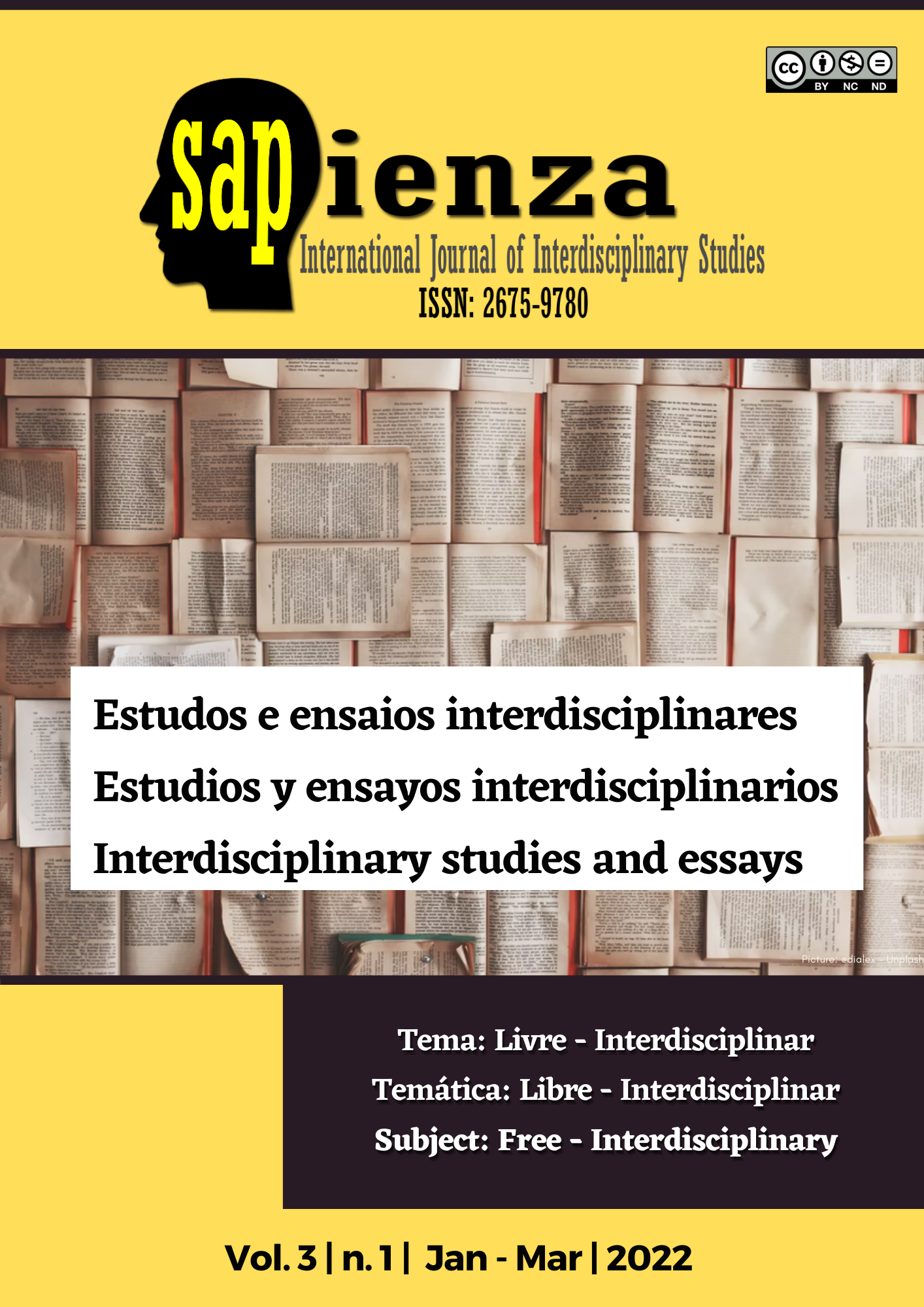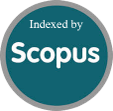V+HOP Combo: approach to increase students’ performance in Science VI
DOI:
https://doi.org/10.51798/sijis.v3i1.231Keywords:
Academic Performance, Video-Aided instruction, Hands-On Instruction, Peer LearningAbstract
The improvement of students’ performance has become an increasing priority for teachers over the last decade. Hence, the focus should be directed to the development of integrated, generalizable, and transferable skills among our learners. The purpose of this study is to enhance the students’ performance in Science VI using the V+HOP Combo (Video-aided instruction, Hands-On, and Peer learning). A descriptive research design was used in this study to determine the effect of the intervention on the academic performance of the participants who were the 10 Grade Six pupils of Jose Rizal Elementary School enrolled in the School Year 2020-2021 who got an average of 79 and below from the first quarter to the third quarter. Results of the pretest and posttest were used to determine if there is a significant difference in their performance. The test of difference or t-test showed that utilizing of V+HOP Combo significantly improved the scores of the students. This proves that the strategy is effective and helpful in enhancing the academic performance of the learners involved in this study. Consequently, it is recommended to schools and teachers the use of V+HOP Combo to increase and enhance the students’ performance in all subject areas. Also, researchers are encouraged to explore other strategies that could be integrated into the V+HOP COMBO to further increase its efficacy in boosting student performance.
References
Atkinson,R. and D. Hansen (2017). Video-Assisted Instruction in students’ performance:the standford project. Standford University and Florida State University’s.
Bilgin,I. (2016). The effect of hands-on activities incorporating a cooperative learning approach on eight grade students’ science process skills and attitudes towards science Journal of Baltric Science Education, 1 (9), 27-37.
Bloomfield, Jacqueline, and Murray J. Fisher. "Quantitative research design." Journal of the Australasian Rehabilitation Nurses Association 22, no. 2 (2019): 27-30.
Chaurdari, P. (2017). Computer assisted instruction: development of instructional strategy for biology teaching.Irso University of Vanda, India. Pp. 106.
Chen, Y. Y., Chang, Y. S., Lee, J. Y., & Lin, M. H. (2021). Effects of a Video Featuring Connected Speech Instruction on EFL Undergraduates in Taiwan. SAGE Open, 11(2), 21582440211019746.
Hamad, S. M. S., Iqbal, S., Alothri, A. M., Alghamadi, M. A. A., & Elhelow, M. K. K. A. (2020). “To teach is to learn twice” Added value of peer learning among medical students during COVID-19 Pandemic. MedEdPublish, 1.
Lassnigg, L. (2017). Lost in translation: learning outcomes and the governance of education. Journal of education and work, Vol. 25, No 3, pp. 299-330. http://www.tandfonline.com/doi/full/10.1080/13639080.2017.687573
Maligalig, D., and J. R. Albert. (2016). Measures for Assessing Basic Education in the Philippines. PIDS Discussion Paper Series No. 2016-16, Philippine Institute for Development Studies, Makati City.
Ogundola PI. (2016). Effects of peer tutoring strategy on academic achievement of students in technical drawing in Nigeria. British Journal of Education, Society & Behavioral Science.19(1):1-10
Pedroso, J. E. P. (2021). School On Wheels and Multimedia-Aided Instructions as Mediators of Students’ Local Cultural Heritage Awareness. International Journal of Arts and Humanities Studies, 1(1), 63-69.
Sener, S., & Çokçaliskan, A. (2018). An investigation between multiple intelligences and learning styles. Journal of Education and Training Studies, 6(2), 125-132.
Willingham, D. T. (2018). Ask the Cognitive Scientist: Does Tailoring Instruction to" Learning Styles" Help Students Learn?. American Educator, 42(2), 28.
Winarti, A., Yuanita, L., & Nur, M. (2019). The Effectiveness of Multiple Intelligences Based Teaching Strategy in Enhancing the Multiple Intelligences and Science Process Skills of Junior High School Students. Journal of Technology and Science Education, 9(2), 122-135.
Downloads
Published
How to Cite
Issue
Section
License
Copyright (c) 2022 Gringo C. Ote, Jannith O. Guardian

This work is licensed under a Creative Commons Attribution-NonCommercial-NoDerivatives 4.0 International License.




